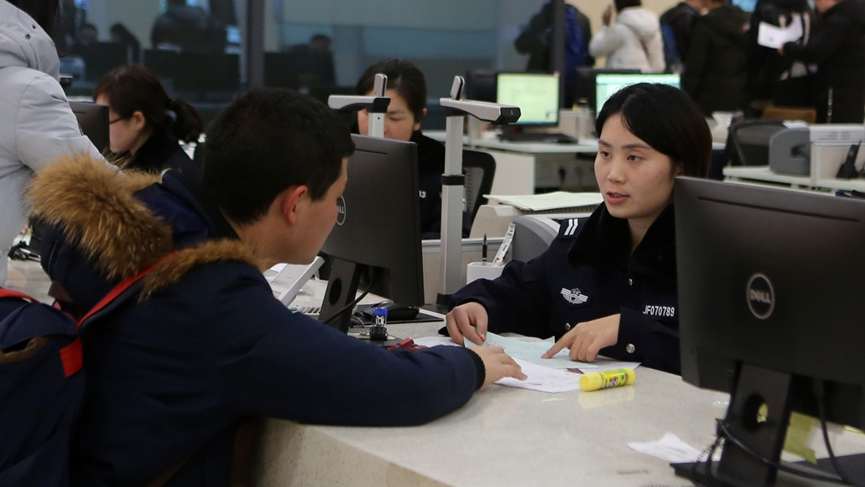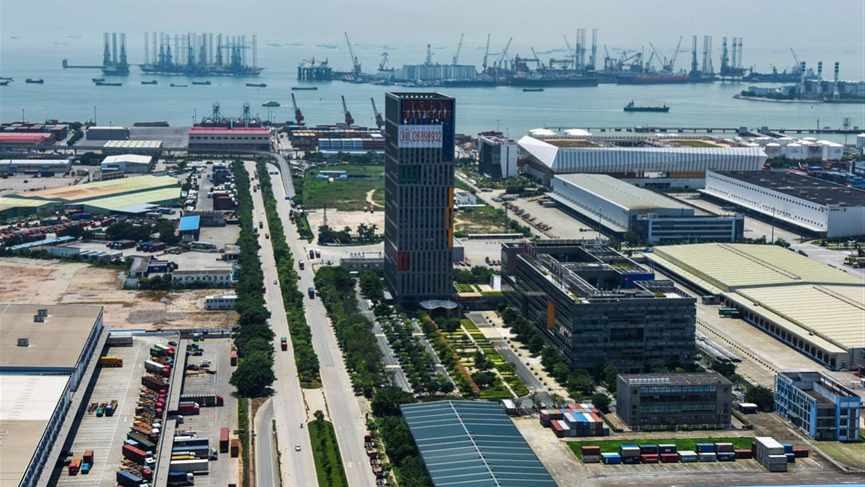
Business
20:58, 01-Nov-2018
How to understand governance reform during China's 40 years of reform and opening-up
Updated
20:04, 04-Nov-2018
By CGTN's Yang Yutong
01:06

This year China celebrates the 40th anniversary of its reform and opening up – a visionary national policy that has led the country to development and prosperity.
For the past four decades, China has made unprecedented progress in economic development, contributing to the world's economy and well-being. Some may attribute these achievements entirely to economic reform. However, it is governance reform or transformation of institutions that has been an indispensable factor.
To explain this, in the coming episode, we will explore three sensitive topics: the balance between market and government, China's rule of law, and the Party's role in governance.

Qianhai Pilot Free Trade Zone in Shenzhen, south China's Guangdong Province. It will further open up China's finance, trade, IT and other sectors. /VCG Photo
Qianhai Pilot Free Trade Zone in Shenzhen, south China's Guangdong Province. It will further open up China's finance, trade, IT and other sectors. /VCG Photo
China's 40 years of reform have never been confined to a single approach, but rather top-down, broad-based, and long-term efforts targeting the economy, politics, culture and institutions. Political restructuring is the groundwork for other reforms.
As reforms are interdependent, when China makes progress, its institutions must adapt accordingly. This is the lens through which we perceive the relationship between market and government, the need of rule of law, and judicial reform.
The Communist Party of China (CPC) plays a critical role in the process of reform. As China's ruling party, the CPC exercises overall leadership and coordinates efforts of all sides. Without the reform of the Party itself, political reform could not be conducted. According to the CPC, in order to preserve the vitality of reform, Party building should always be underway.

SITEMAP
Copyright © 2018 CGTN. Beijing ICP prepared NO.16065310-3
Copyright © 2018 CGTN. Beijing ICP prepared NO.16065310-3